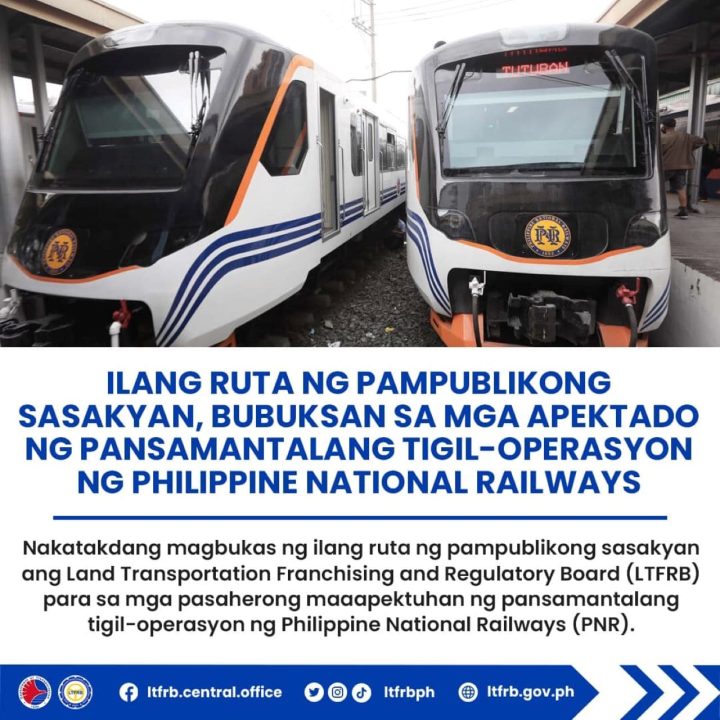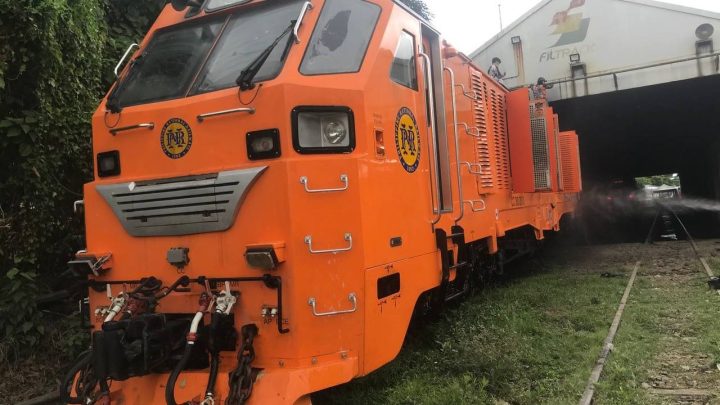
The Alabang-Calamba route of the PNR will be affected by the NSCR construction starting next month. Prior to that, the Gov. Pascual, Malabon-Calamba had already been closed as well. These line closures have and will affect a great number of train commuters, and the LTFRB aims to address the situation by opening new routes and deploying more PUVs to be able to bring passengers to and from their destinations.
Estimated 30,000 commuters will be affected by PNR closure

Photo: LTFRB
Three (3) new routes will be opened by the LTFRB for buses and modern public utility jeepneys (MPUJ) to help commuters on their way. The three new routes are FTI-Divisoria via East Service Road which has 30 dedicated buses, Alabang (Starmall)-Divisoria via South Luzon Expressway (SLEX) which has 25 assigned buses, and Malabon-Divisoria which will be for 5 dedicated MPUJs.
This may just be the start, however, because depending on the number of passengers and commuters who need to travel these routes, the number of buses and jeepneys will be changed accordingly. The franchises/permits for the public utility vehicles to operate along the aforementioned routes are valid for 1 year, after which they can be renewed, possibly until the NSCR construction is completed.

Photo: Philippine National Railways
“The effect of the closure of these select PNR stations on commuters will be quite substantial so through these PUV routes, we hope to lessen the impact of the closure. We appreciate the help of the PNR in identifying the routes, and we know that once the NSCR is completed, its benefits would be truly worth it in terms of passenger mobility along our railways, which is regarded as one of the most convenient and affordable modes of public transportation in the country,” said LTFRB Chairman Teofilo Guadiz III.

Photo: DOTr
The North-South Commuter Railway or NSCR is an “urban railway network”. It will span 147 kilometers and will converge at and connect Metro Manila-Pampanga and Metro Manila-Laguna. The construction is foreseen to last for 5 years, within which 30,000 passengers will be affected by subsequent shutdowns of the PNR system.
The comments have been aired, and it seems they have been heard. It’s a good thing that alternative means of transportation for commuters will be employed to help the affected PNR passengers. But this is just the start, though, and we eagerly await what will be done once more stations and routes are affected and closed in the next 5 years. 5 years max, hopefully.


